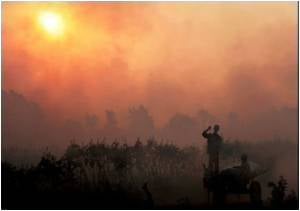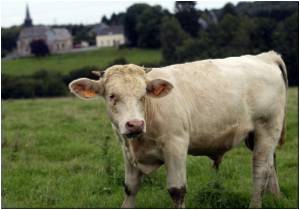Scientists have created a new web-based tool that calculates an individual's nitrogen footprint and thereby supports sustainable living choices.

The calculator is a project of the International Nitrogen Initiative, a global network of scientists who share research and data on the nitrogen dilemma.
Galloway, a pioneering nitrogen scientist, organized a global team of experts to develop the footprint calculator as an educational tool - one he and his colleagues hope will both raise the profile of the nitrogen issue and galvanize people into action.
By measuring what and how much you eat, as well as other factors like how you travel, the calculator shows your impact on the nitrogen cycle.
The website also makes recommendations for how to lessen your "nitrogen footprint." They are similar to other sustainable living choices: reduce airplane travel, choose renewable energy and eat less meat, particularly beef (since cattle consume massive quantities of farmed feed, which requires much fertilizer).
Professors and lecturers are already using the tool in classrooms to teach students how one individual can alter - and help restore - a natural nitrogen cycle.
Advertisement
This new footprint calculator is the first in a series of research tools, known as N-Print, which Galloway and his team are developing to connect the production of nitrogen with the policies used to manage it. The team is currently creating a similar calculator for farmers and other nitrogen users, as well as a tool for policymakers that will provide regional nitrogen emission ceilings, which will show how much nitrogen can be released in these regions without major negative environmental impact.
Advertisement
The project was announced Feb. 19 at the annual meeting of the American Association for the Advancement of Science in Washington.
Source-ANI









